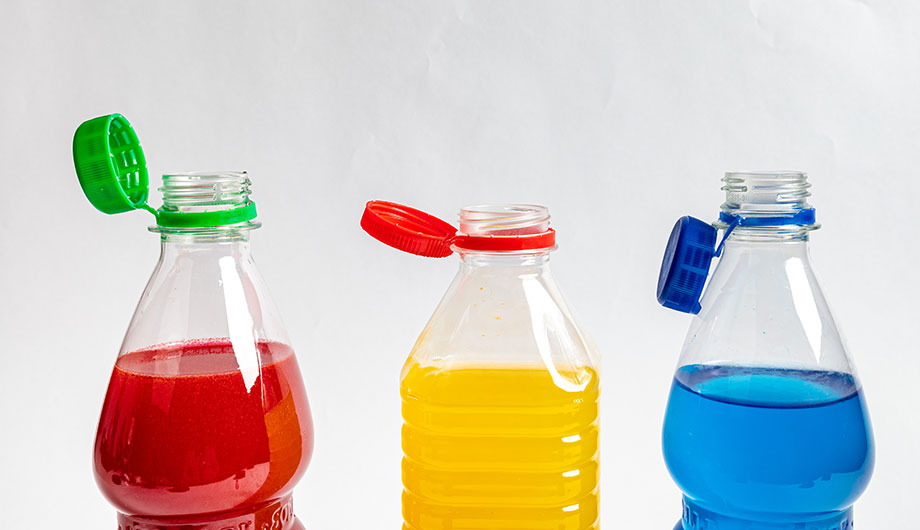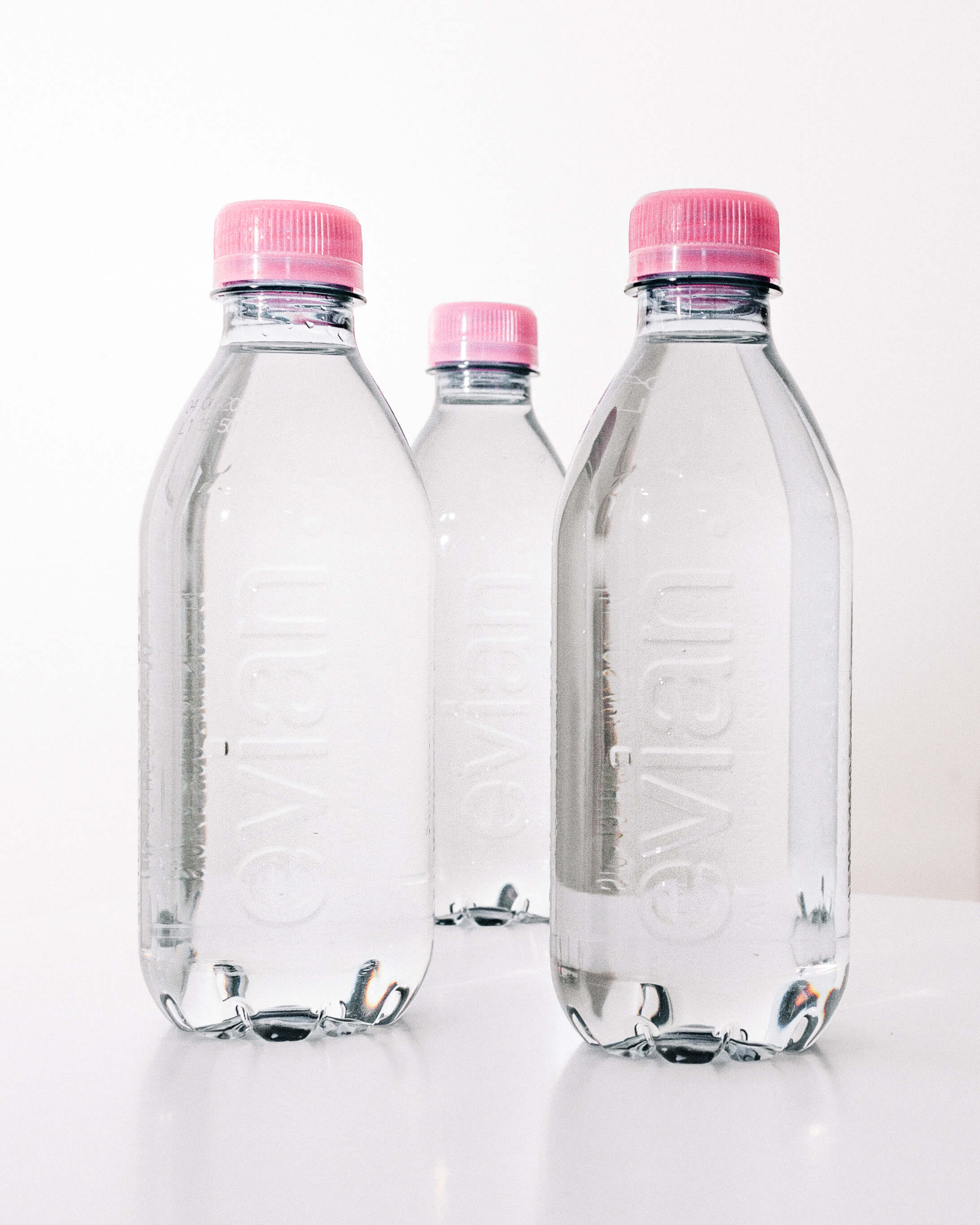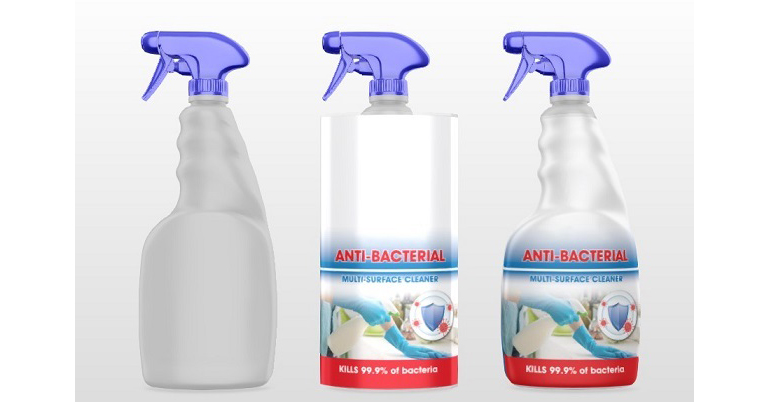


Setting up Recycablity at the heart of Packaging through using different Simplication and Standardization could Save our Planet
Plastic is a phenomenal material. It’s inexpensive, durable, flexible and multipurpose. And to whats best if you notice it has gained spectacular growth in demand over the last century.
As we all know, this success is both a blessing and a curse. The challenging pollution issues that plastics creates, from the release of carbon dioxide emissions to waste found in waterways and oceans, has vilified it.
Recycling more plastics could reduce incineration emissions, avoid mismanagement of exported waste, and replace the need for the production of new plastics. However, as things stand, current recycling commitments will make very little impact.
The report estimates that by 2040, 29 million metric tons of plastic per year will have entered the oceans. That’s the equivalent to 50 kg/110+ pounds of plastic per meter of coastline worldwide. Because plastic remains in the ocean for hundreds of years and may never biodegrade, the cumulative amount of plastic stock in the ocean could grow by 450 million metric tons in the next 20 years.
We need to take drastic steps, one of which involves boosting our recycling capacity. Strange as it may seem, a good place to start is our packaging.
It’s a sobering fact that many packaging items we see have been designed with the primary purpose to engage with the consumer, protect the contents within, and tell a strong brand story. Recycling features that create closed loop opportunities are woefully low on the list of priorities.
Consider the fact that redesigning a pack or bottle to be as recyclable as possible should improve its quality and reduce its cost.
Let’s deep dive into this, starting at the top.
It might seem like a small thing, but over the last 30 years, more than 20 million bottle caps and lids have been found during beach cleanups globally. We have lost track of how many bottle caps enter our oceans and wash up on shore, yet these caps are among the five main ocean trash items that are deadly to sea life. Here are the changes that would solve this deadly issue.
Tethered.
In an ideal world all caps remain attached to the bottle. By tethering, the total volume of caps being recycled would be boosted to provide more material for recycling back into caps. Current commercial designs for tethering caps to bottles are increasingly being light-weighted and would be a minor cost for drinks companies, but a huge benefit to the environment.
Simplified.
Most PET bottle caps are made of either high-density polyethylene (HDPE) or polypropylene depending on the brand owner. Separating them into their relevant polymer types is a nightmare and, as a consequence, they end up in low-value applications as a mixture or in a landfill due to their size and separation from the bottle.
There is no reason why we can’t adopt one polymer type per country to simplify the separation problem.
Natural.
If all caps were either their natural color white we would capture, recycle and reuse all caps ad-infinitum. Instead, we are literally drowning in a sea of multicolored caps.
Do we consumers truly require a color-coded cap to identify our favorite beverage? Or would we prefer a cleaner planet?
All label, no glue.
Moving on down the bottle to the label…Evian recently made a bold sustainability statement with its label-free bottle. It may seem like a minor detail, but the fact that they have kept the pink cap still leaves room for improvement. Were Evian to create a totally “naked” bottle, from cap to base, their statement and their action would be even more impactful.
Brands need to ditch pressure-sensitive labels that contaminate the recycling streams and instead opt for stretch labels or shrink sleeves. Aggressive glues are particularly an issue for recyclers of PET and HDPE packaging; options like self-peeling labels are already on the market. Going further we need to ensure that these labels don’t bleed inks. The labels themselves need to be readily separated and recycled to avoid any unwanted waste.
None of the above suggestions should impact on the brand’s visual cues, these are technical details that can be easily addressed and would make a huge difference to overall recycling streams.
Back to basics: The container.
It all starts with the container. Take an HDPE milk bottle, for example. Many resin manufacturers use the minimum required stabilizer that prevents reactions that can lead to polymer degradation during processing. This in turn impacts on the quality of the recycled material, especially when it enters a circular economy where plastics will go through the loop many times. This is a critical concern as the level of recycled content rises beyond 50%.
If instead of being minimally stabilized, bottles were designed for constant recycling, the plastic quality would be maintained and this would improve recycling rates. In many cases, the stabilizers need to be present during initial processing where thermo-oxidation reactions can occur that may trigger later impacts through gel formation or photo-chemical reactions during outdoor exposure.
Color free
As for the rainbow of colors brands are currently deploying, this only goes to show how little deep recycling is considered during a sustainably minded packaging development process.
Colored plastic packaging is much harder to recycle economically than clear plastic because there is little demand for the resulting “recycling grey” that occurs when containers of all colors are combined. Unscrambling the colors is possible via sorting equipment, but the multitude of color variants means that it is impossible to produce a color that would suit any one brand owner.
The irony is that in many cases the colored plastic is often covered by a large label as a means of marketing making the package below invisible. It might as well be grey or natural and save the pigment costs and improve the final recyclability!
There is no doubt that color is one of packaging designers’ key tools, yet the impact on a pack’s recyclability is huge. Tomorrow’s ideal bottle would be either transparent, white or self-colored grey and have easily removable shrink sleeves would be used to ensure the brand is loud and clear.
Tomorrow’s bottle.
If we were to design the type of highly recyclable bottle I have described above, we would end up with a very close replica of a brand’s original product. Only an expert would be able to notice the difference. Is cost creating a roadblock?
A 100% recyclable bottle should cost less to produce.
Starting with the caps produced of one polymer type in clear or white would mean a greater opportunity to recycle caps back into new caps that would reduce the need for new virgin resin.
Eliminating colored bottles would vastly reduce masterbatch costs and focus all the design cues on the label — made with self-peeling or water-soluble glue — or stretch-sleeves. Recycling yields would increase making high-quality recycled material more plentiful and less expensive. As a result, the brand recycling story would be genuine.
These type of design details would greatly contribute to the total recyclability of a pack and only require a change in mindset rather than a paradigm shift.
Challenging the status quo is a matter of adopting good design principles that embrace recyclability to the core.
Ultimately this is not about creating a green image, but about developing a deep green and lighter footprint that is sustainable.
Wrapping up.
There is no reason not to make these changes now. We have the cutting edge technology to identify, sort and decontaminate post-consumer waste — all we need is for brands to embrace the notion that what we currently deem ”‘recyclable” is not enough and we need to actively create the “really recyclable” pack.
Working out good design principles for recycling requires brand owners to step up and voluntarily take responsibility for every facet of their packaging.
Please remember these two takeaways:
We need to shed the fallacy that our current recycling efforts are sufficient, because they are not.
We all share this one planet and it is time to make a real stand for how we look after it.
Aritcle Source by- Edward Kosior






